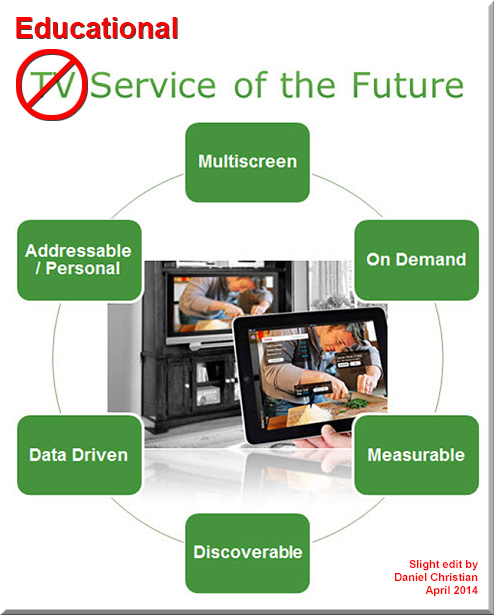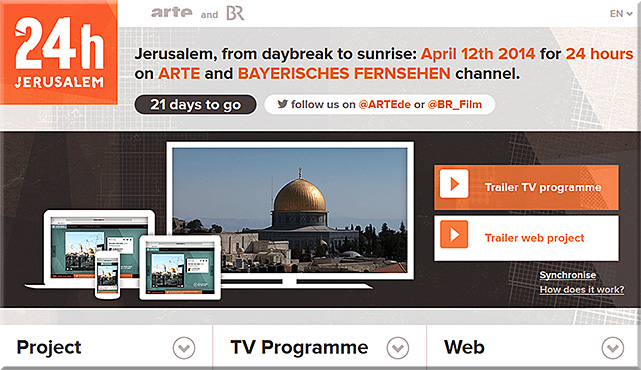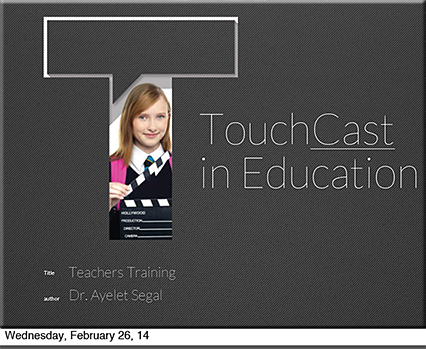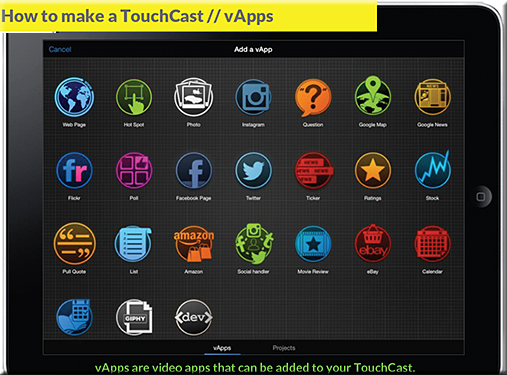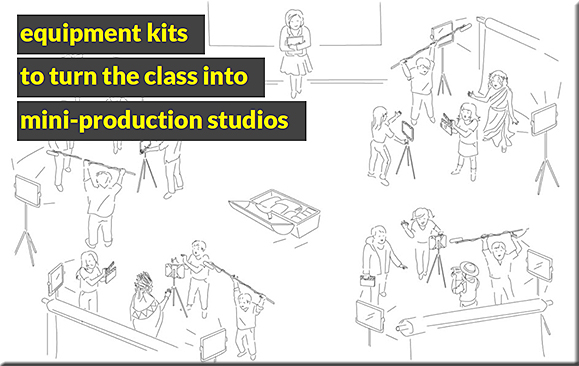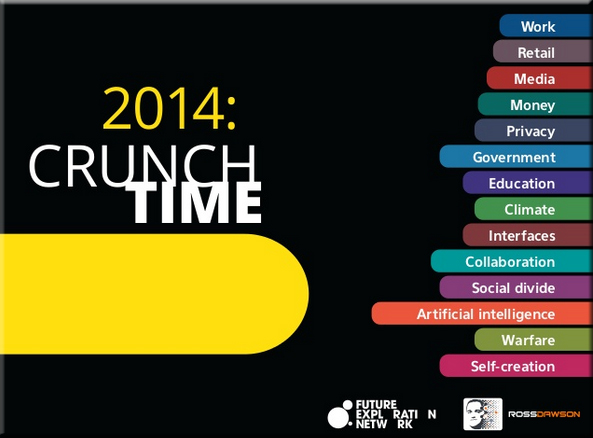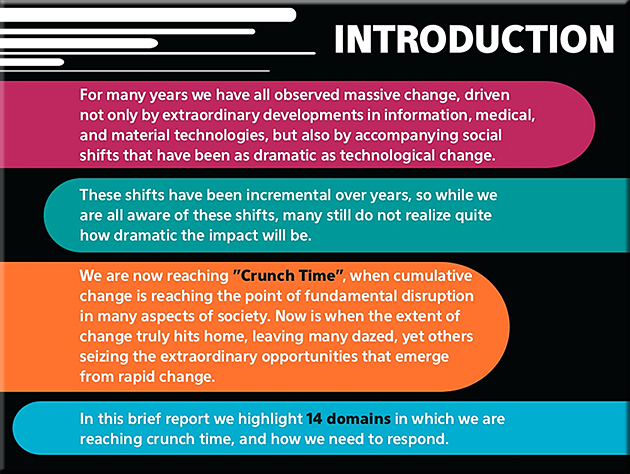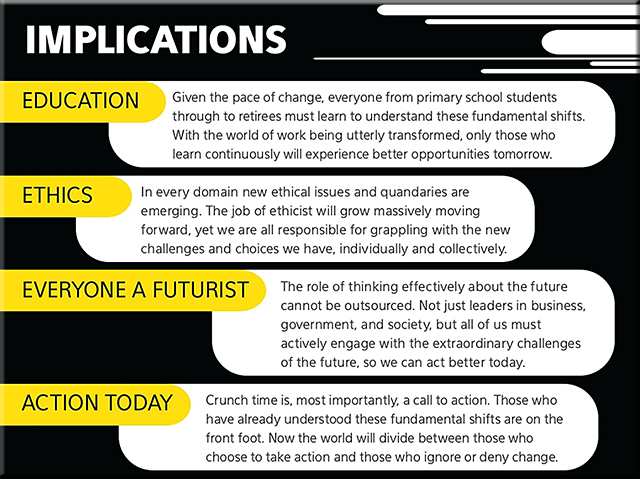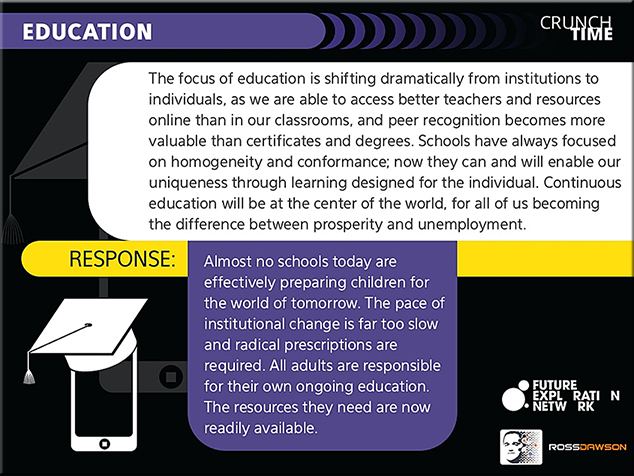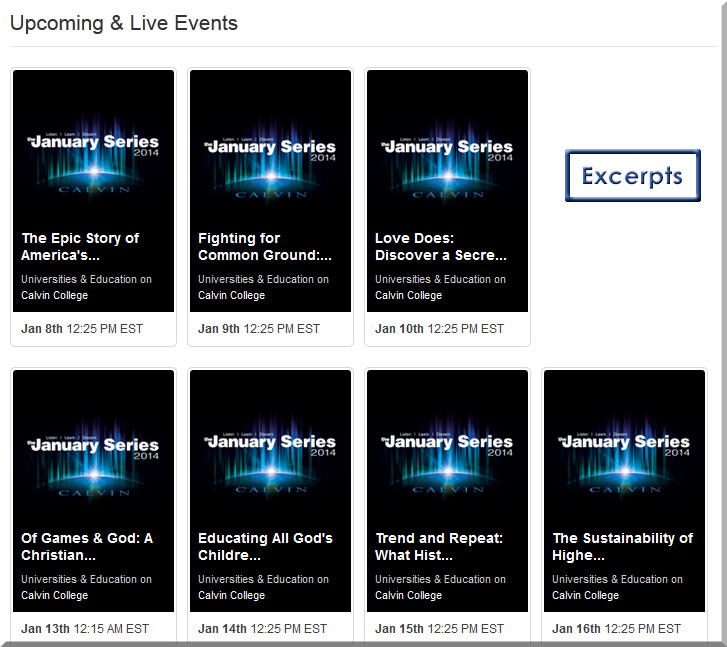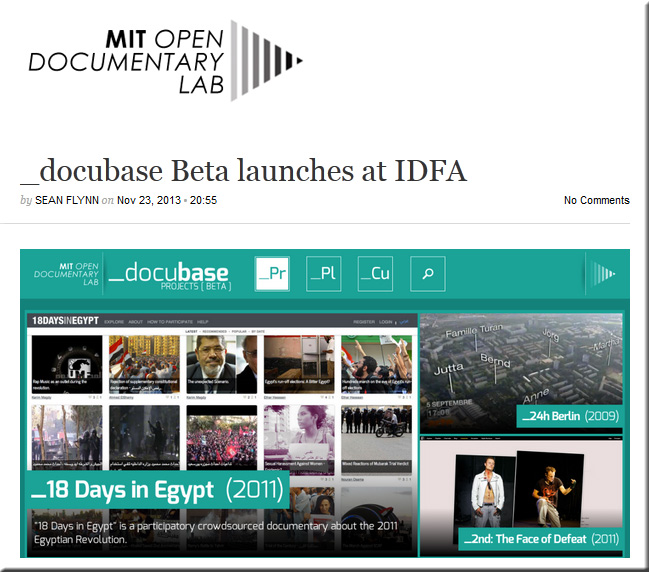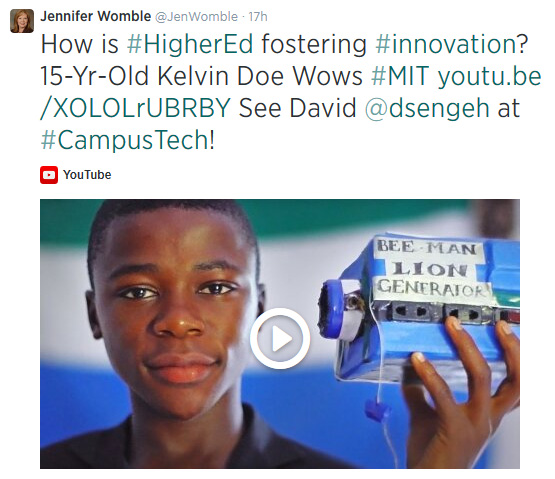
From DSC:
Thanks Jennifer for posting the above item! What a wonderful video! I loved watching it. Congratulations and thanks go out to MIT, David Moinina Sengeh (see here and here) and Kelvin Coe for maximizing the gifts that they’ve been given! They are changing the world!
An incredible example of heutagogy at work! In Kelvin’s story, you see passion, self-directed learning, and intrinsic motivation to make a difference — to help his community and to positively change his world.
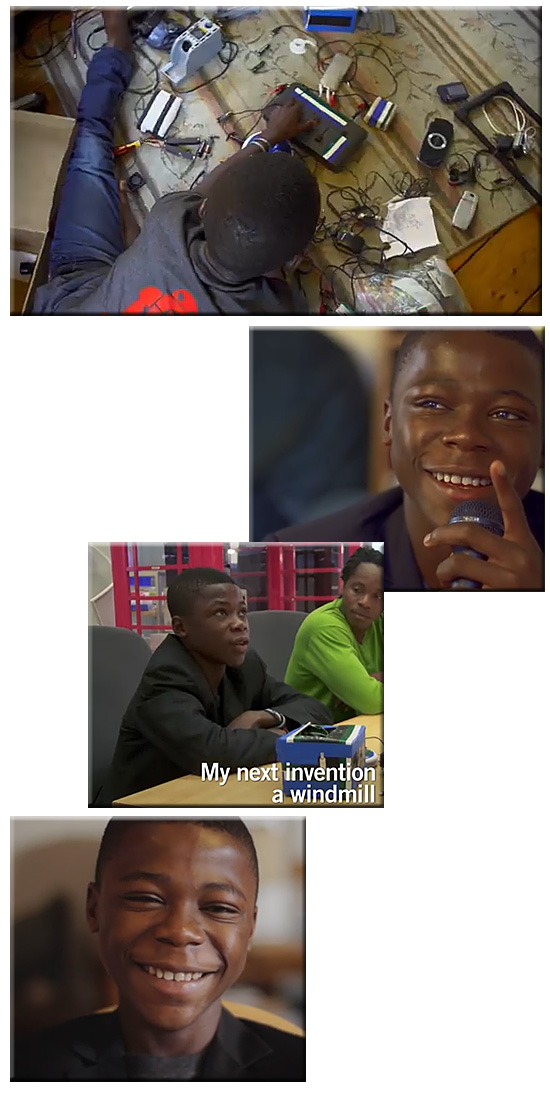
From the video’s description:
To support Kelvin and young innovators like him, please visit https://www.crowdrise.com/InnovateSalone/fundraiser/gmin
15-Year-Oid Kelvin Doe is an engineering whiz living in Sierra Leone who scours the trash bins for spare parts, which he uses to build batteries, generators and transmitters. Completely self-taught, Kelvin has created his own radio station where he broadcasts news and plays music under the moniker, OJ Focus. Kelvin became the youngest person in history to be invited to the ‘V isiting Practitione(s Program” at MIT. THNKR had exclusive access to Kelvin and his life-changing journey – experiencing the US for the first t ime, exploring incredible opportunities, contending
with homesickness, and mapping out his future.
Here is a link to the Bobby Fala track in the video on SoundCloud:
https://soundcloud.com/karen-kilberg/kpei-ragga
PRODIGIES is a bi-weekly series showcasing the youngest and brightest as they challenge themselves to reach new heights and the stories behind them.
Created and produced by @radical. media, THNKR gives you extraordinary access to the people, stories, places and thinking that will change your mind.
Follow THNKR on Twitter: http://www.twitter.com/thnkr
Like us on Facebook: http://www.facebook.com/thnkrtv
Check out our Pinterest: http://www.pinterest.com/thnkr/
SUBSCRIBE! http://www.youtube.com/subscription_c …
Song featured in that clip:









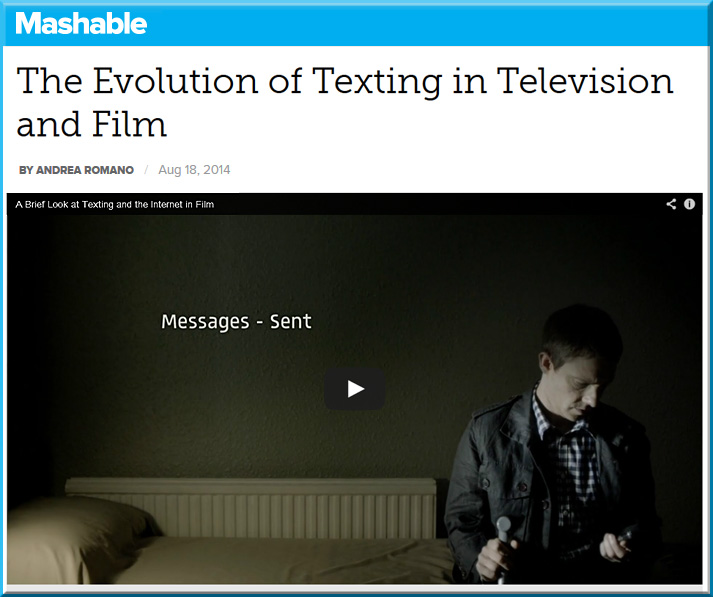
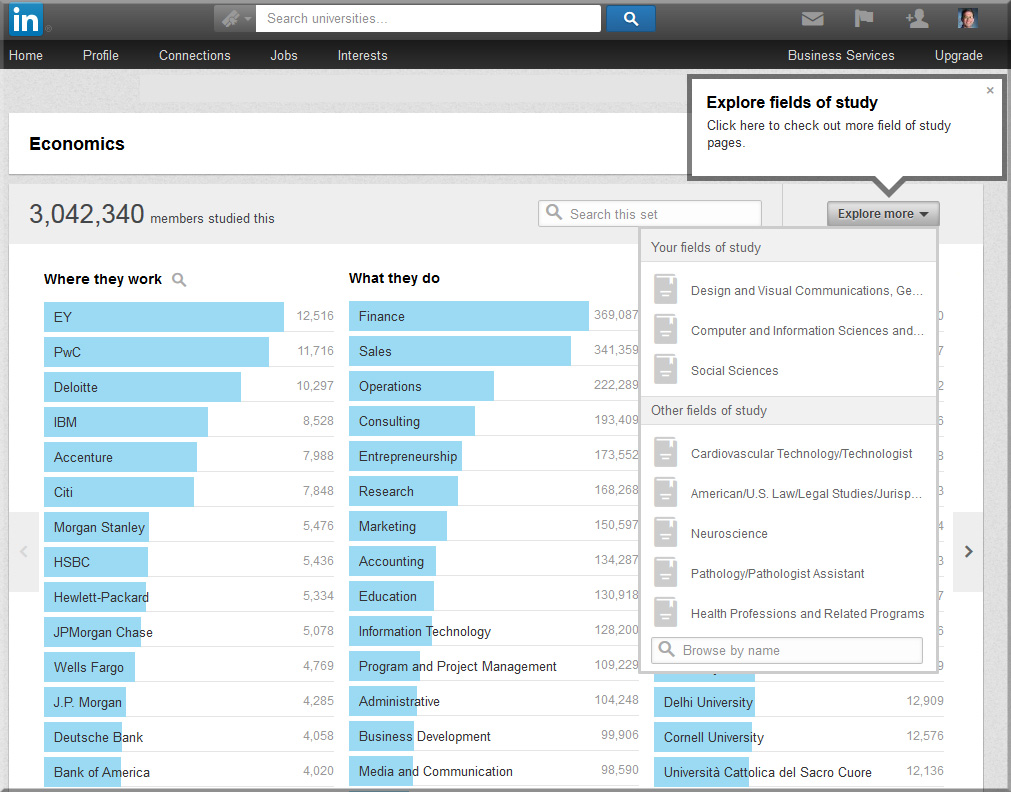



![The Living [Class] Room -- by Daniel Christian -- July 2012 -- a second device used in conjunction with a Smart/Connected TV](http://danielschristian.com/learning-ecosystems/wp-content/uploads/2012/07/The-Living-Class-Room-Daniel-S-Christian-July-2012.jpg)



